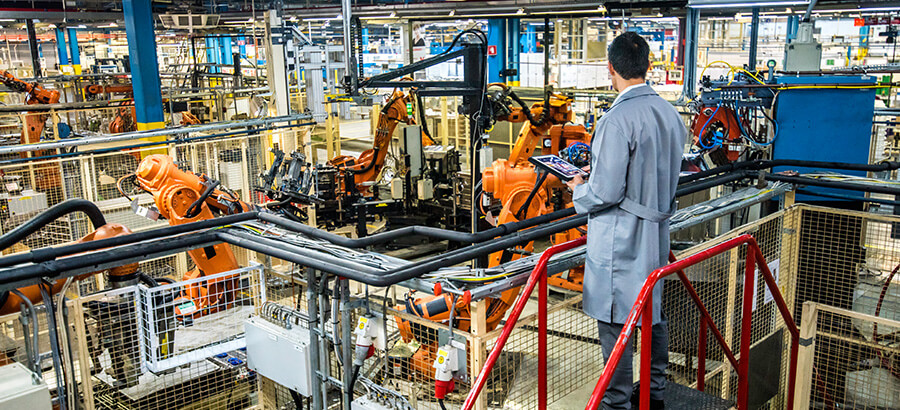2021 has been a year of transition. The evolving crisis and measures taken worldwide to contain the spread of the pandemic accelerated certain long-term and emerging trends. The past year has shown us that if organizations and industries are to keep up with the fast-paced change and uncertainty of the current market, they need to accelerate their digital transformation strategy.
Digitalization remains key to success
The pandemic has been the catalyst for change, with a drive to fundamentally rethink the manufacturing and distribution space. During the pandemic crisis, one area that has seen tremendous growth is digitization, meaning everything from online customer service to remote working to supply-chain reinvention to the use of artificial intelligence (AI) and machine learning to improve operations.
Digital transformation emerges as a key trend throughout 2021, with a large drive from across all industries towards the ERP and Cloud Computing spaces. To prepare for a far more digital operating environment, organizations will need to adjust and improve their infrastructures, upskill their workforce and reorganize their businesses.
As a tried and tested solution, ERP remains an essential tool for organizations, while industries have also committed to tech upscaling, primarily focussing on warehouse automation, migration to cloud-based services and other SMART Technologies. Critically however is the lasting change. Companies have declared, unanimously, their intentions to maintain the support of these new initiatives beyond the pandemic.
African industries bouncing back
Surprisingly, many organizations have begun their recovery from the effects of the pandemic with 40% of all businesses surveyed within the Manufacturing CFO 4.0 Survey 2021 expressing a healthy return to pre-pandemic trading conditions.
From the survey results, the African continent stands apart as a unique outlier from a global perspective, ranking as the most optimistic operational region in terms of recovery and the return to profitability. However, as possible consequences of ill-preparedness for the 2nd and 3rd waves, 37% of manufacturing and distribution organisations believe the recovery will only come beyond 2022, observing lingering COVID-related challenges in their operational climates.
Diversification of products and offerings
Difficult operational conditions have accelerated the wants and needs of business diversification and technological innovation. The logistical obstacles brought on by inconsistent lockdowns and border closures have naturally impacted trading environments well into 2021– negatively affecting supply chains and procurement globally.
As lockdowns and restricted trade continue to hinder business mandates, more and more companies are opting to take their trading operations into the digital space. There is a clear indication that e-commerce itself has played an important part in the shift towards a new, digital era for business.
With the advent of the Fourth Industrial Revolution (4IR), technological integration and external disruptions are set to continue at speed and scale. Closing the gap between this digital transformation and the skills needed to implement it means ongoing, long-term investment. Now more than ever, intelligent solutions will precipitate greater ROI in both tumultuous and stabilizing conditions going forward.








1 thought on “Looking back at 2021: Lessons for manufacturers and distributors”